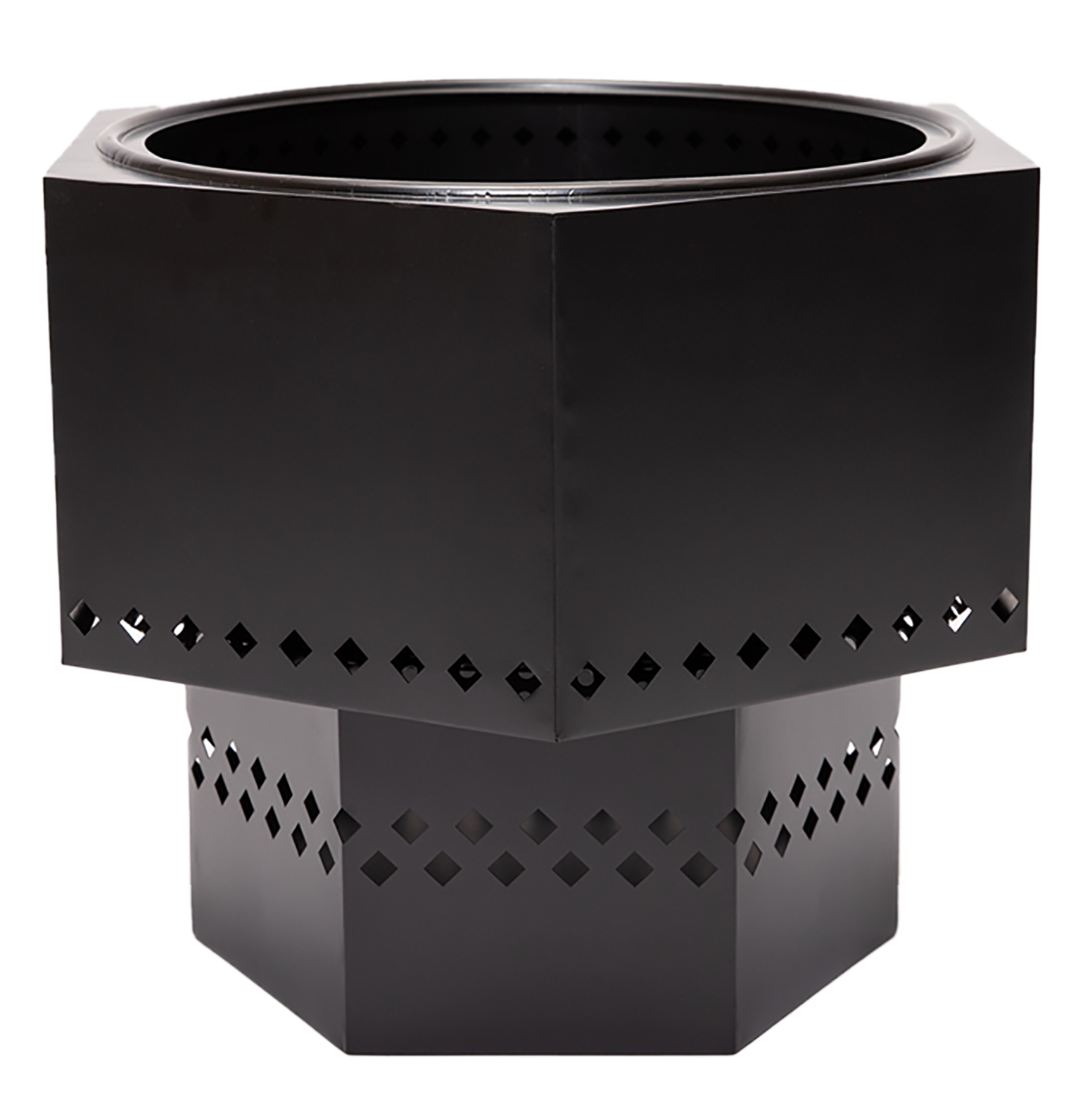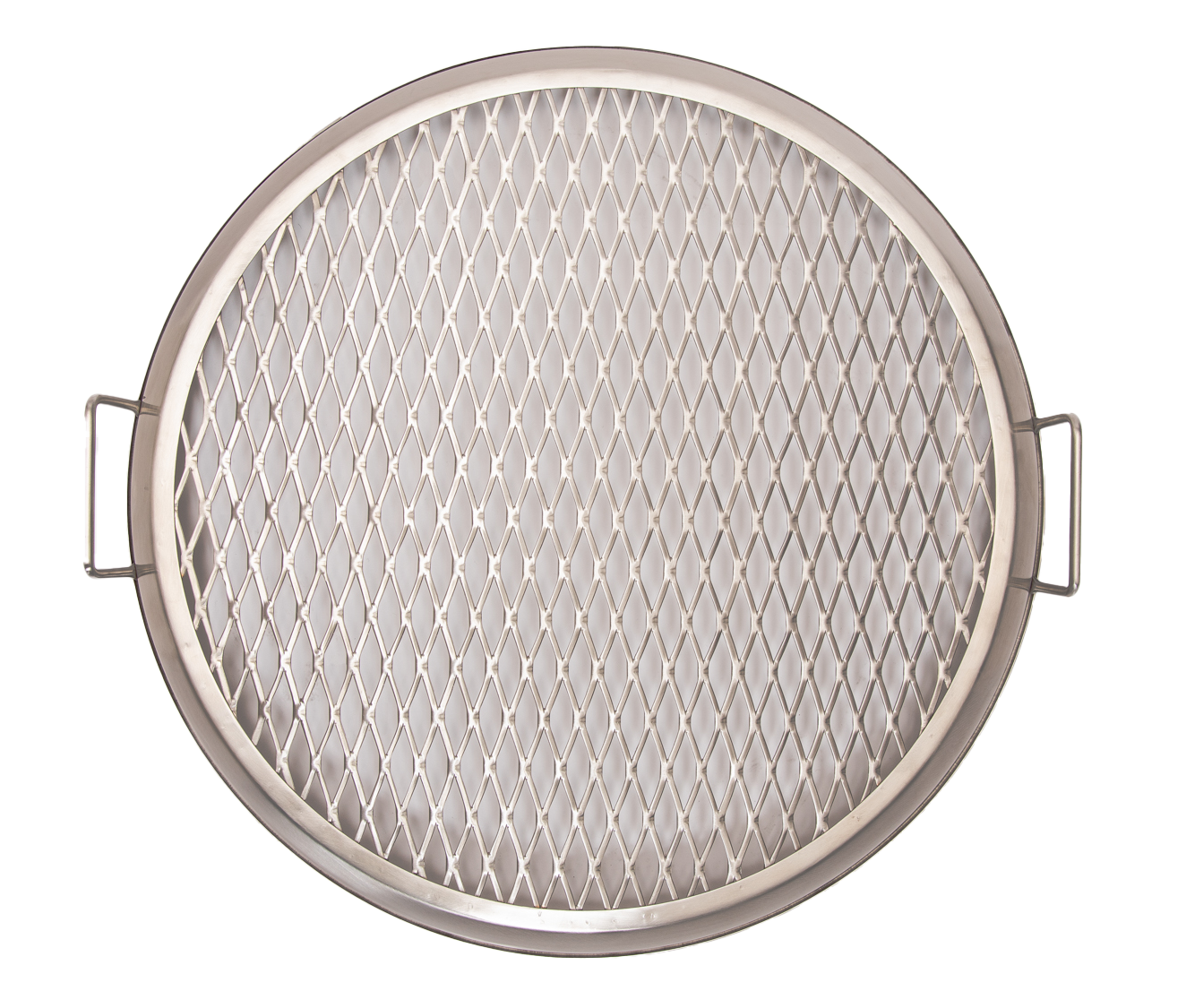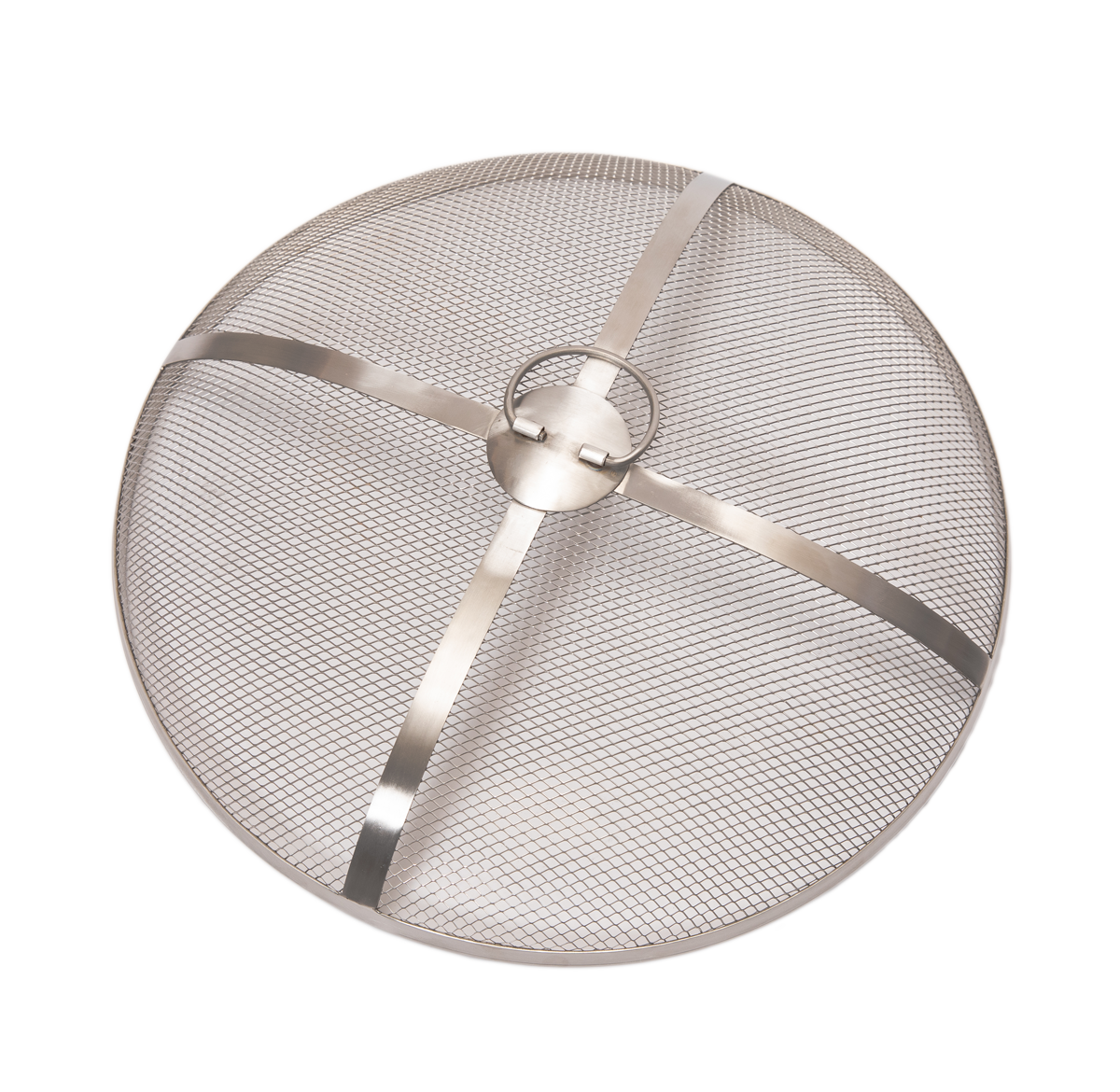Can Hidden Camouflage Protect Against Invisible Threats?
Throughout history, the art of concealment has played a vital role in survival, warfare, and strategic advantage. From ancient hunters blending into their environments to modern stealth technologies, the fundamental principle remains: effective camouflage can mean the difference between detection and safety. As threats evolve from visible enemies to invisible dangers such as electromagnetic signals, biological agents, and environmental hazards, the question arises: can hidden camouflage truly provide protection against these unseen threats?
Understanding the nature of these invisible threats and how camouflage strategies adapt to counter them is essential for developing resilient defense mechanisms. This article explores the principles behind concealment, the challenges posed by modern invisible dangers, and how innovative technologies exemplify the ongoing evolution of camouflage, including modern systems like MAX WIN PIROTS4.
- 1. Introduction to Hidden Camouflage and Invisible Threats
- 2. The Principles of Camouflage and Concealment Strategies
- 3. Challenges Posed by Invisible Threats and the Need for Advanced Camouflage
- 4. Modern Approaches to Hidden Camouflage: Technologies and Strategies
- 5. Case Study: Pirots 4 as a Modern Illustration of Camouflage Innovation
- 6. Natural Analogues of Camouflage and Their Lessons for Modern Strategies
- 7. External Factors Affecting Camouflage Effectiveness
- 8. Cultural and Historical Perspectives on Concealment and Deception
- 9. Future Directions and Ethical Considerations in Camouflage Technology
- 10. Conclusion: Assessing the Potential of Hidden Camouflage Against Invisible Threats
1. Introduction to Hidden Camouflage and Invisible Threats
a. Defining hidden camouflage and its historical significance
Hidden camouflage refers to techniques and materials designed to conceal objects or individuals from detection. Historically, camouflage has been essential in military combat—ranging from the use of painted uniforms during World War I to the intricate patterns of camouflage nets used in modern warfare. These strategies aim to disrupt the visual perception of the observer, enabling concealment in diverse environments.
b. Understanding the nature of invisible threats in various environments
Invisible threats extend beyond the visible spectrum. Electromagnetic signals, biological agents like viruses or bacteria, and environmental hazards such as radiation are examples of dangers that cannot be seen with the naked eye. Their detection requires specialized sensors and understanding of their unique signatures, challenging traditional concealment methods.
c. The importance of adaptive concealment strategies in modern contexts
As threats become more complex and less visible, static camouflage becomes insufficient. Adaptive concealment strategies—those that can change properties in real-time—are increasingly vital. Whether in military applications, cybersecurity, or environmental monitoring, flexibility and innovation in camouflage directly influence effectiveness against modern invisible dangers.
2. The Principles of Camouflage and Concealment Strategies
a. How camouflage disrupts detection from visual and non-visual perspectives
Camouflage works by disrupting the perceptual processes of the observer. Visually, this involves patterns, colors, and textures that blend with the environment, making objects less distinguishable. Non-visual detection—such as infrared or radar—requires specialized techniques like thermal camouflage or radar-absorbing materials that mask an object’s signatures across different spectra.
b. Differences between active and passive camouflage techniques
- Passive camouflage involves static methods—like painted patterns or natural materials—that do not require energy input and rely solely on environmental matching.
- Active camouflage employs dynamic systems, such as adaptive surfaces or digital displays, which can change in real-time to match changing surroundings or conceal signatures across multiple spectra.
c. The role of environmental context in effective concealment
Effective camouflage depends heavily on environmental factors—terrain, lighting, weather, and even atmospheric conditions. For example, desert camouflage must differ significantly from forest camouflage. Modern systems increasingly incorporate sensors and algorithms to adjust concealment dynamically, accounting for environmental variability.
3. Challenges Posed by Invisible Threats and the Need for Advanced Camouflage
a. Types of invisible threats: electromagnetic, biological, environmental
Invisible threats manifest in various forms:
| Type | Description |
|---|---|
| Electromagnetic | Signals like radar, radio waves, or infrared emissions that can reveal objects or individuals. |
| Biological | Viruses, bacteria, or other pathogens that are invisible but pose health risks. |
| Environmental | Radiation, toxic gases, or other hazards detectable only through specialized sensors. |
b. Limitations of traditional camouflage against modern detection methods
Traditional camouflage primarily targets visual detection. However, modern detection technologies—such as infrared sensors, radar, and chemical sniffers—can identify concealed objects regardless of visual concealment. This renders static, visual-based camouflage less effective in high-tech environments, necessitating more sophisticated solutions.
c. The necessity for innovative solutions in high-stakes scenarios
In critical applications like military operations, border security, and environmental monitoring, failure to conceal effectively against invisible threats can have severe consequences. This underscores the importance of developing advanced, multi-spectrum camouflage systems capable of adapting to diverse and evolving threats.
4. Modern Approaches to Hidden Camouflage: Technologies and Strategies
a. Examples of advanced camouflage materials and adaptive surfaces
Recent innovations include metamaterials—engineered structures that can manipulate electromagnetic waves—allowing objects to become less detectable across various spectra. Adaptive surfaces equipped with sensors and actuators can change color, texture, or shape in response to environmental cues, mimicking natural systems.
b. Use of digital and bio-inspired camouflage systems
Digital camouflage employs electronic displays that can change patterns dynamically, while bio-inspired designs mimic natural phenomena—such as chameleon skin or octopus texture changes—to enhance concealment. These approaches draw from nature’s efficiency in adaptive camouflage, offering promising avenues for modern defense systems.
c. How Pirots 4 exemplifies modern camouflage technology as a response to invisible threats
The device MAX WIN PIROTS4 illustrates the integration of cutting-edge materials and adaptive systems designed to mitigate detection risks in complex environments. While primarily a gaming innovation, its underlying principles—dynamic adjustment, multi-spectrum concealment, and real-time responsiveness—mirror the core concepts of modern camouflage technology aimed at countering invisible threats.
5. Case Study: Pirots 4 as a Modern Illustration of Camouflage Innovation
a. Design features and technological advancements of Pirots 4
Pirots 4 employs multi-layered adaptive surfaces, integrating sensors that monitor environmental parameters and adjust display patterns accordingly. Its use of bio-inspired algorithms enables it to mimic natural concealment strategies, such as color matching and texture variation, across multiple spectra, including visible, infrared, and electromagnetic.
b. Application scenarios where Pirots 4 enhances concealment against invisible threats
- Military stealth operations in electromagnetic-rich environments
- Environmental monitoring where visibility is compromised by weather or terrain
- Protection against biological hazards through adaptive barrier formation
c. Comparative analysis: traditional camouflage vs. Pirots 4 approach
| Aspect | Traditional Camouflage | Pirots 4 Approach |
|---|---|---|
| Adaptability | Limited, environment-specific | High, real-time adjustments across spectra |
| Detection Resistance | Primarily visual | Multi-spectrum, including electromagnetic and biological |
| Complexity | Low to moderate | High, involving sensors and adaptive algorithms |
6. Natural Analogues of Camouflage and Their Lessons for Modern Strategies
a. Parrots’ beaks’ continuous growth as an example of adaptation and concealment
The remarkable growth of parrots’ beaks exemplifies biological adaptation—allowing them to manipulate their environment and maintain concealment. This ongoing growth ensures the beak remains functional and less predictable, akin to adaptive camouflage systems that evolve to counter detection.
b. Biological examples of camouflage in nature (e.g., chameleon skin, octopus)
Chameleons and octopuses dynamically alter their skin color and texture, effectively blending into complex backgrounds. These natural systems demonstrate the effectiveness of multi-layered, responsive concealment—principles that modern engineers aim to replicate with synthetic materials and digital controls.










